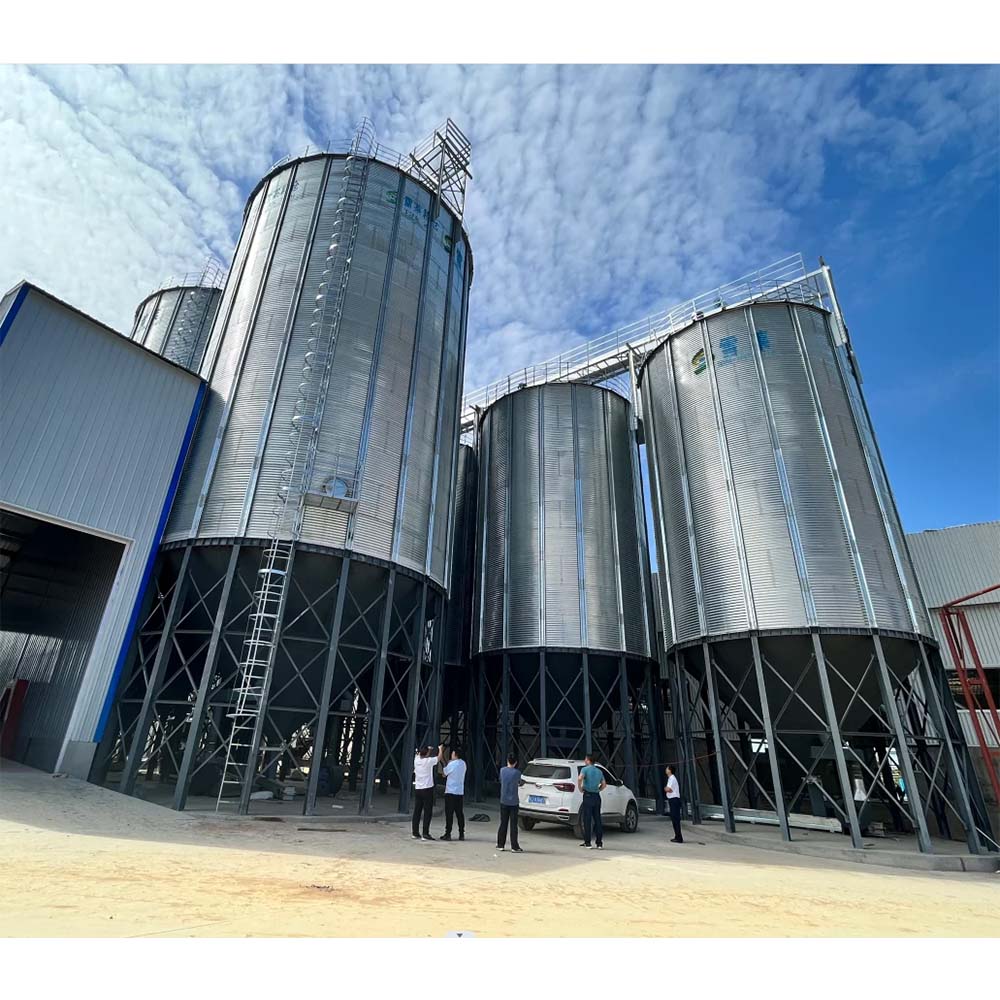Design and Efficiency of Poultry Transport Cages for Broiler Chicken Transportation and Welfare
Aug . 07, 2024 16:20 Back to list
Design and Efficiency of Poultry Transport Cages for Broiler Chicken Transportation and Welfare
The Importance of Broiler Transport Cages in Poultry Farming
In the poultry industry, efficiency and animal welfare are paramount concerns, particularly when it comes to the transportation of broiler chickens. As the demand for poultry meat continues to rise globally, the transport of these birds from farms to processing facilities requires careful consideration. Broiler transport cages have become an essential tool in ensuring that chickens are transported safely, ethically, and efficiently.
Design and Features of Broiler Transport Cages
Broiler transport cages are specially designed enclosures that facilitate the safe and humane movement of broilers. Generally made from durable materials such as galvanized steel or high-quality plastic, these cages are engineered to withstand the rigors of transportation while providing adequate ventilation and protection for the birds. A well-designed transport cage allows for optimal air flow, reducing heat stress and ensuring the welfare of the chickens during transit.
One of the standout features of modern broiler transport cages is their stackability. This design maximizes space efficiency in transport vehicles, allowing for a greater number of birds to be transported at once. Moreover, the cages are often equipped with features such as loading and unloading ramps, making the process smoother and more efficient. Lightweight designs contribute to lowering fuel consumption during transport, aligning with the industry's increasing focus on sustainability.
Animal Welfare Considerations
Animal welfare is a critical consideration in the transportation of broiler chickens. The use of appropriate transport cages plays a vital role in minimizing stress and injury during transit. Poorly designed or overcrowded cages can lead to significant welfare issues, including injuries, respiratory problems, and increased mortality rates. Transport cages that adhere to welfare standards help ensure that broilers experience less stress, which is crucial for maintaining their quality and growth.
broiler transport cage

Moreover, the implementation of best practices for broiler transportation—as supported by the use of effective transport cages—can help to ensure compliance with animal welfare regulations. Organizations and regulatory bodies worldwide have set guidelines to promote humane treatment of animals, and transport cages that meet these standards can significantly enhance a company’s reputation.
Economic Benefits
Investing in high-quality broiler transport cages can lead to various economic benefits for poultry producers. Efficient transport contributes to minimizing losses due to injury or stress, which can ultimately impact the profitability of poultry farms. Healthier birds that arrive at processing facilities are more likely to contribute to better product quality, enhancing market value. Moreover, reduced mortality rates during transport can significantly lower operational costs associated with raising additional stock to meet demand.
The durability and functionality of modern transport cages can also contribute to long-term savings. Unlike older models, which may require frequent replacement due to wear and tear, well-constructed cages can withstand multiple cycles of transport with minimal maintenance. This longevity allows producers to allocate resources more efficiently and focus on other aspects of their operations.
Conclusion
As the poultry industry continues to evolve, the importance of broiler transport cages cannot be overstated. These cages are vital for ensuring that broilers are transported safely and humanely, meeting both welfare standards and economic goals. By investing in quality transport solutions, poultry farmers can improve the overall health and quality of their birds, ultimately leading to a more sustainable and profitable industry. With an increased focus on animal welfare and efficiency, broiler transport cages represent an essential aspect of modern poultry farming practices.
-
Hot Sale 24 & 18 Door Rabbit Cages - Premium Breeding Solutions
NewsJul.25,2025
-
Automatic Feeding Line System Pan Feeder Nipple Drinker - Anping County Yize Metal Products Co., Ltd.
NewsJul.21,2025
-
Automatic Feeding Line System Pan Feeder Nipple Drinker - Anping County Yize Metal Products Co., Ltd.
NewsJul.21,2025
-
Automatic Feeding Line System - Anping Yize | Precision & Nipple
NewsJul.21,2025
-
Automatic Feeding Line System - Anping Yize | Precision & Nipple
NewsJul.21,2025
-
Automatic Feeding Line System-Anping County Yize Metal Products Co., Ltd.|Efficient Feed Distribution&Customized Animal Farming Solutions
NewsJul.21,2025






